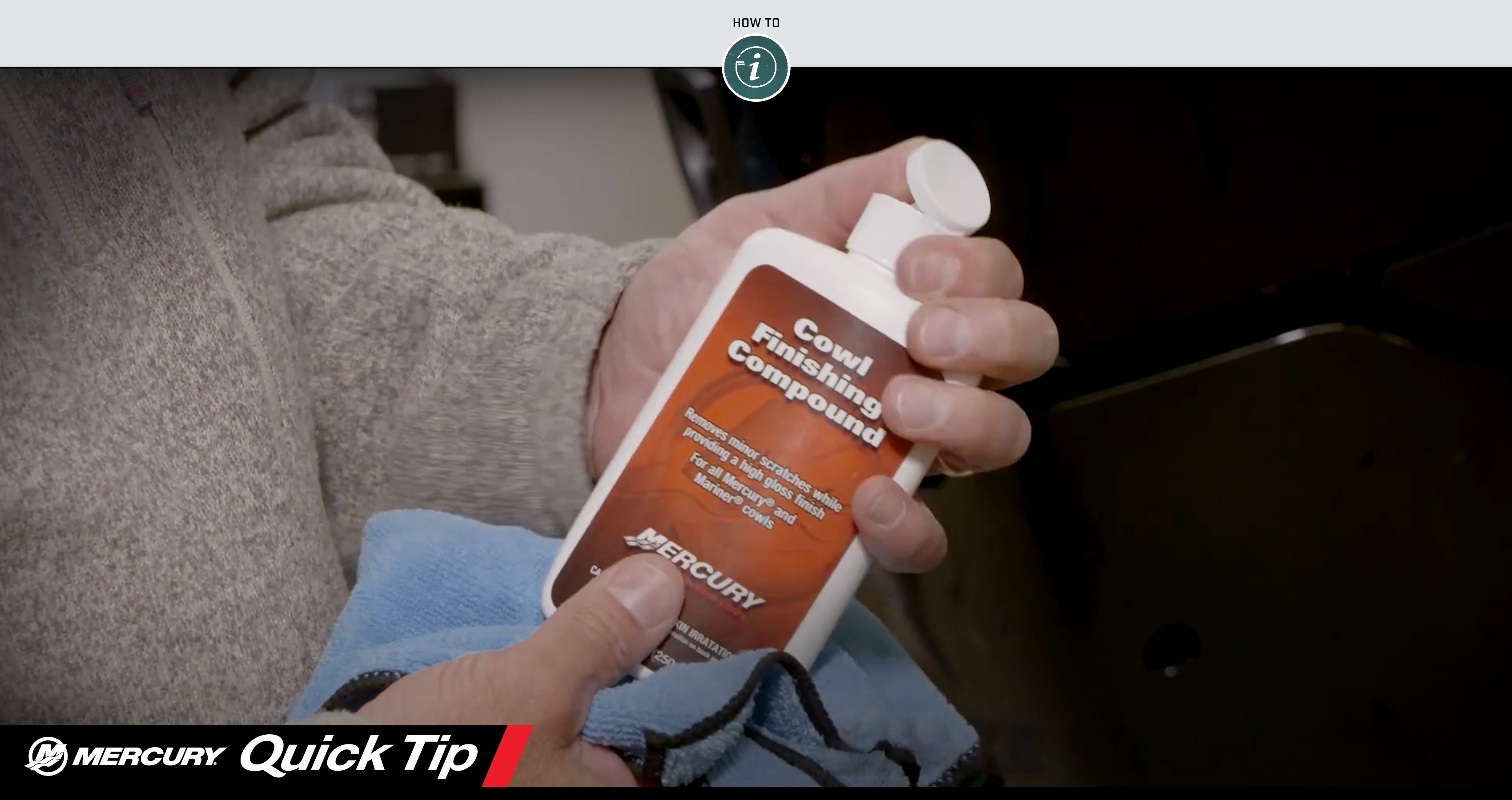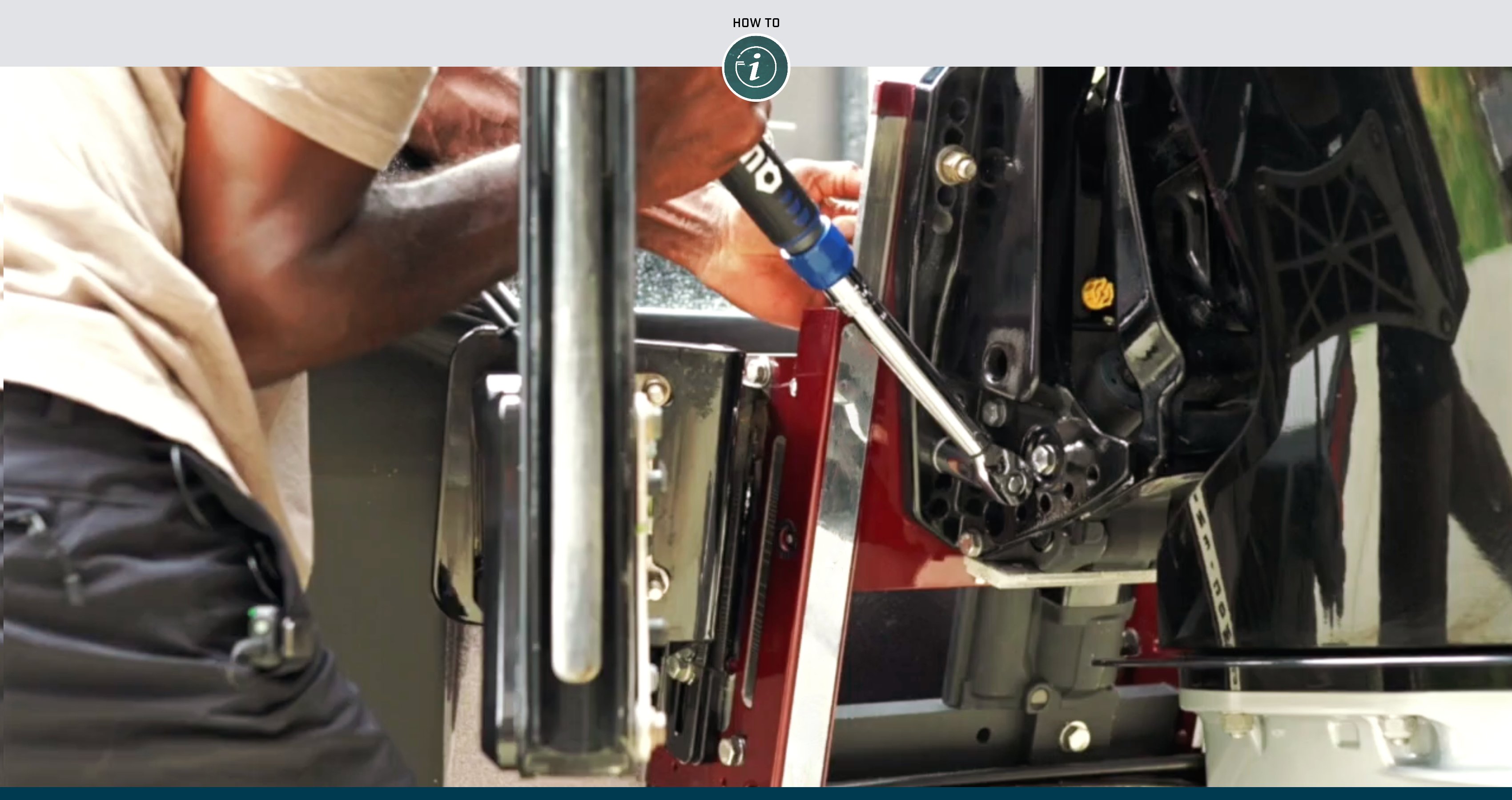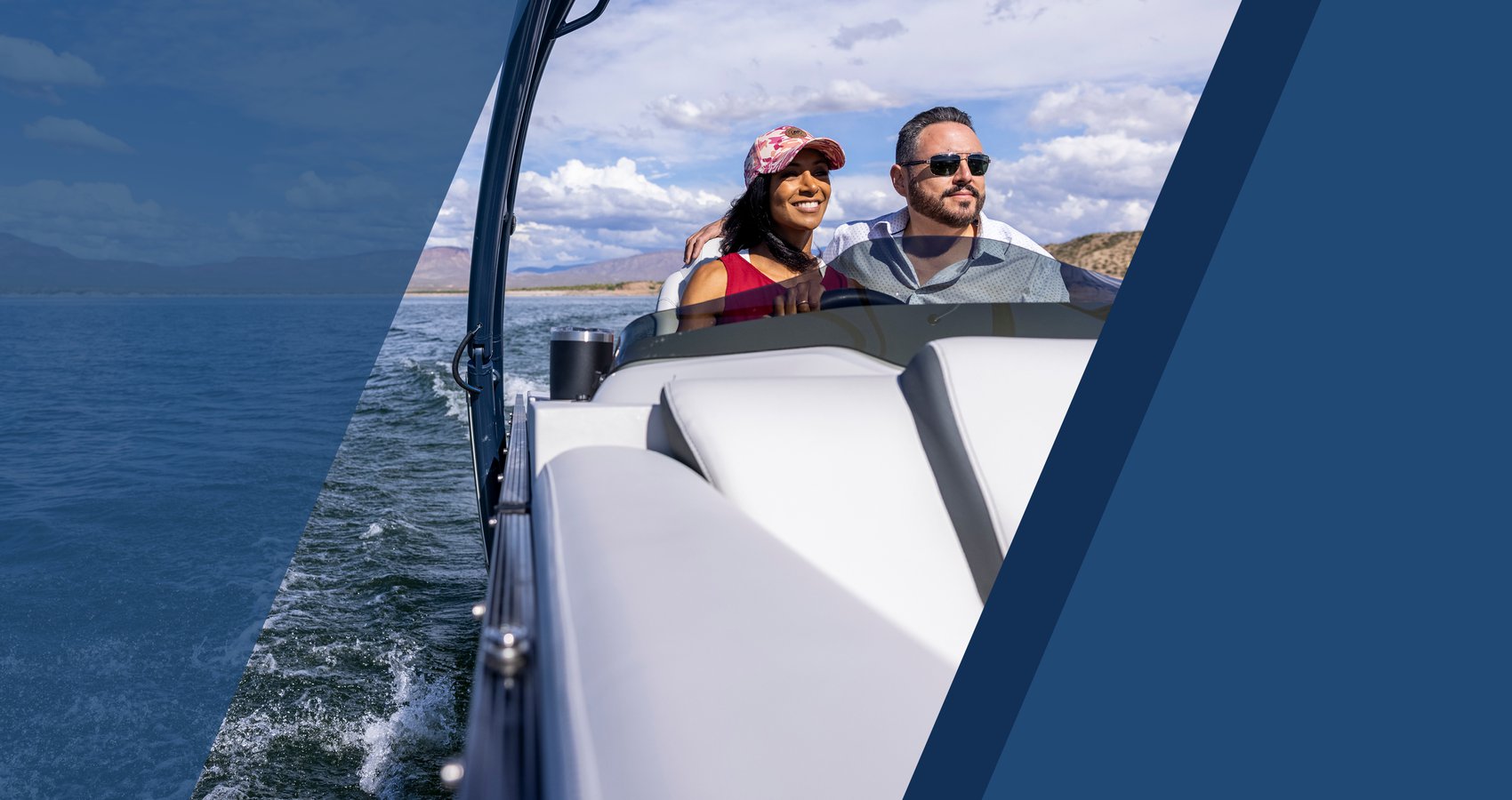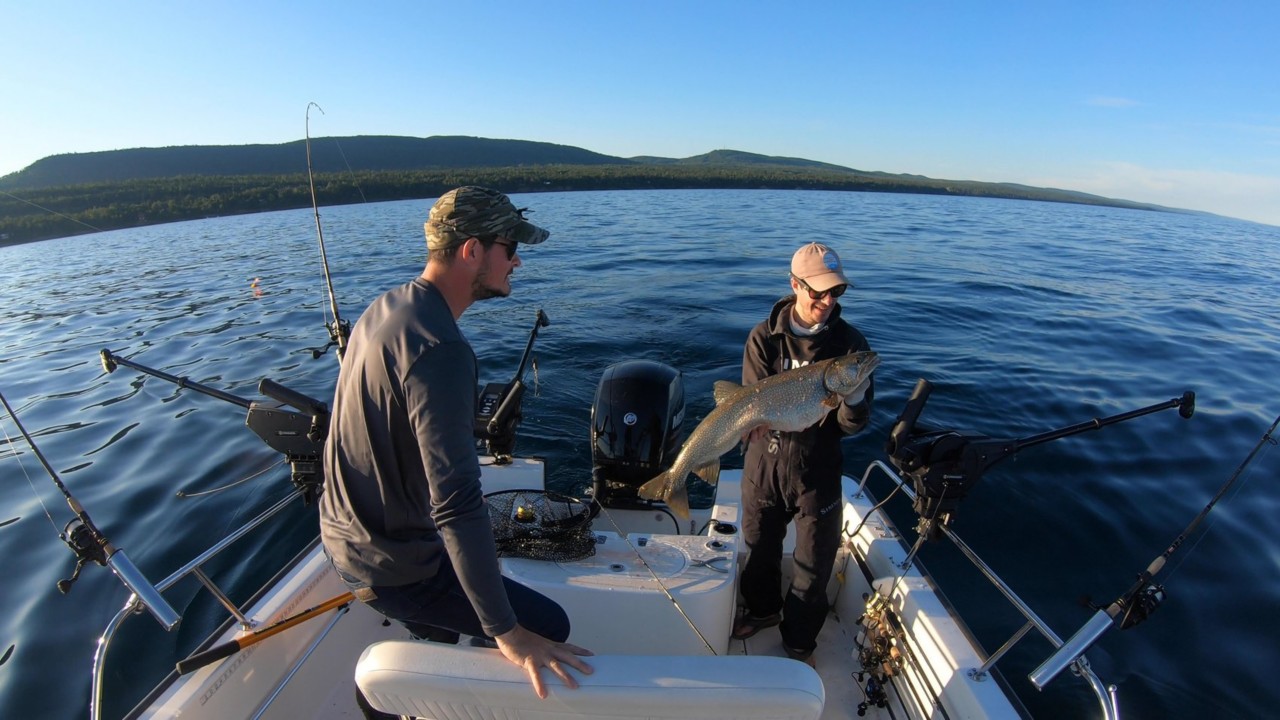Recently, he and longtime fishing buddy Grant Prokop left the inland waters of Minnesota and took a fun-fishing trip to the state’s north shore to troll for lake trout and king salmon on Lake Superior. Trolling the deep waters of the Great Lakes is a distinct departure from Roberts’ usual light-tackle casting tactics on smaller waters. Yet through a creative approach to deep-water structure fishing, he and Prokop were able to catch quality fish of both species without an extensive investment in the kind of specialized equipment that normally dominates the salmon scene.
As is always the case on the Great Lakes, caution should be exercised when navigating open waters that can quickly become rough. It’s not a type of fishing that should be tried with just any small boat. However, Roberts and Prokop’s approach is one that any multi-species angler can easily try with a reliable vessel.
“The way we caught fish is easily replicated,” Roberts said. “A lot of people are intimated by trout and salmon fishing and being on the Great Lakes, but you can do it in a walleye boat. Obviously, it’s weather-dependent, but in terms of accessibility, this is easier than you think. Don’t be intimidated.”
A Little Background
The Great Lakes region supports fishable populations of several species of introduced salmon and trout, as well as the native lake trout, which was once so prolific it supported a robust commercial fishery.
Today, lake trout and salmon are the target species for a niche group of sport anglers who often employ large boats to cover vast, open waters. Since lake trout and salmon typically inhabit deep-water areas and forage on large schools of pelagic baitfish, including whitefish, smelt and ciscoes, trolling is the most efficient way to locate and catch them.
Most dedicated trollers employ an array of specialized equipment, including heavy-duty planer boards designed to haul lines far away from the boat, rod towers, divers, downriggers that use a heavy lead weight to carry lures deep into the water, weighted lines, long trolling rods and line-counter reels that measure the amount of line out.
The equipment helps with delivering trolling lures to precise depths and spreading lines out to cover a large swath of water. As Roberts and Prokop’s recent trip illustrates, you don’t necessarily need all that, but you need some of it. A couple of downriggers and a pair of small planer boards should get you started, and those are already part of many multi-species anglers’ kits.
A Simpler Setup
Roberts and Prokop fished from a borrowed Boston Whaler 190 Montauk, which is a 19-foot, 4-inch center-console fishing boat powered by a Mercury 150hp FourStroke outboard.
They trolled a spread with two downriggers and two planer boards. A downrigger is comprised of a large reel filled with metal cable connected to a heavy “cannonball” style of weight. A lure is attached to the downrigger by clipping the fishing line to the metal cable. Then the weight is dropped to the target depth. When a fish bites, the line pops off the clip so the fish can be fought to the boat.
A planer board is a simple floating wedge. A lure is connected by clipping the line to the board. As the boat moves forward, the force of the water against the wedge pulls the planer board and the line away from the boat, effectively spreading out the lures.
“It was super simple fishing,” Roberts said. “We were using Cannon’s Optimum downriggers. They have a digital readout on them, which makes them a little easier to use than the conventional manual downriggers that you have to crank up and down.
“These downriggers are pretty simple. You hook them up, drop them down and tell them where to stop. When you’re using light baits that don’t sink fast, the downrigger is what allows the bait to get down to a specific depth and stay there.”
Roberts and Prokop used the downriggers to fish small trolling spoons about 20 feet behind hefty 13-pound weights and dropped them down 80 feet deep over 120 feet of water. They used the planer boards to troll shallow-diving stick baits about 8 feet deep.
“We were targeting lake trout and king salmon at the same time,” Roberts said. “These fish kind of live in different parts of the water column and prefer different things.
“We each had a downrigger rod close to the bottom. Those were our lake trout rods. You can catch lake trout on the stick baits, but they’re more for high-riding king salmon. We had them out 20 yards beyond the boat. If you’re trolling that shallow you want to make sure they’re not in the propwash.”
Lures were rigged on 7-foot, medium and medium-heavy PENN Battalion spinning rods with 4000- or 5000-class PENN Battle III spinning reels and 20-pound-test fluorocarbon line – simple combos that could easily be used for many other freshwater or saltwater fishing applications.
In addition to tackle, accurate electronics are also important, but you only need the basics.
“Mapping and 2D sonar are pretty much the only technologies that we used,” Roberts said. “Mapping was important because you can lay waypoints on schools of fish. We had a milk run, and when we’d get to the end of a waypoint stretch, we’d turn around and head back.
“The 2D sonar was a big deal because, say we were running downriggers at 80 feet but we went over a school of fish down another 20 feet, on the fly you can just hit that Cannon Optimum downrigger and drop the lures down another 20 feet.”
If you don’t have electronic downriggers, you can also see the downrigger weight with most sonar units and make accurate manual adjustments using the screen to guide you. Most clear-water predatory fish, including lake trout and salmon, are adept at “feeding up” to eat forage they can see above them, so it’s helpful to keep the lures above the depth where you’re marking fish on sonar.
Accurate Presentations
Lake trout and salmon usually relate to some type of bottom contour or schools of bait over deep water. Roberts’ best advice for getting started finding and catching them is to just start fishing.
“Start covering water,” he said. “Get out to 100 or 120 feet of water and just start looking around. If you don’t see fish, move up shallower or move out deeper. Comb around. Depending on the time of year or day, you might notice more fish at a certain depth. Then dial it in from there.”
Once you get bit, blanket that area by trolling back and forth. From July through the middle of fall, lake trout and salmon often congregate together where they can be targeted with repeated trolling passes.
Trolling speed is important, too, and should be experimented with to find what works. For Roberts and Prokop, 2 to 2.7 mph was the most productive speed range. To stay within that range, they used the Mercury Troll Control feature, which is part of the SmartCraft® system of digital technologies. With Troll Control, the rpm can be locked in place and adjusted in 10 rpm increments to help keep within a target speed range.
“We had a northeaster coming down, so we were riding these giant waves,” Roberts recalled. “We’d slow down coming into them and speed up going down them. It was really simple to just dial in the rpm to control the speed.”
From there, all you need to do is set out a trolling spread and have a good time.
“That’s kind of the beauty of it,” added Roberts. “You can just go with a buddy, put four rods out and catch fish.”




